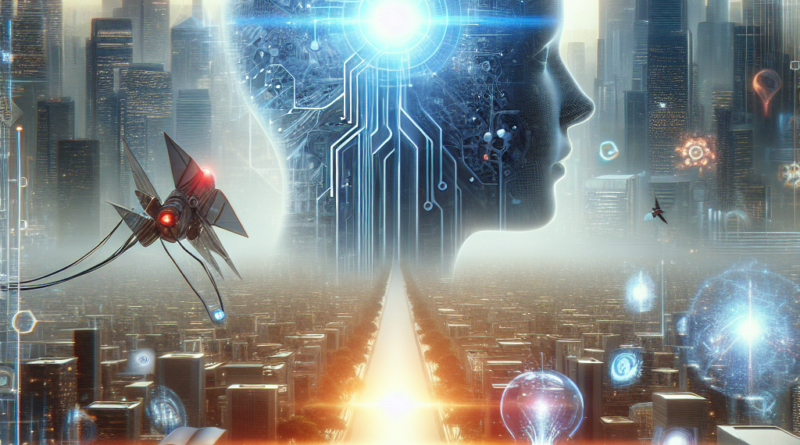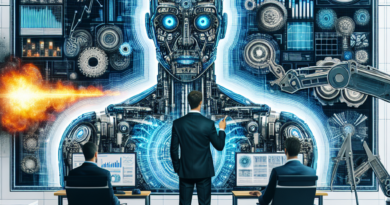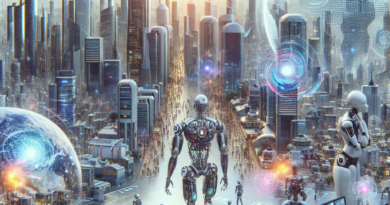What is the singularity and when will it be reached according to experts
The Technological Singularity: A Glimpse into the Future
The concept of technological singularity has sparked the imagination of scientists, philosophers, and futurists in the age of artificial intelligence and rapid technological advancement.
But what exactly is meant by “technological singularity” and when could it occur?
Ray Kurzweil, a well-known futurist, has dedicated much of his career to envisioning a future where humanity and technology will merge in ways currently unimaginable.
His vision of “singularity” is one of the most discussed in the field.
What is Technological Singularity?
Technological singularity is a theoretical concept that describes a hypothetical moment in the future when technological progress will become so rapid and profound that it surpasses human capacity to comprehend and control it.
Originating from ideas drawn from quantum physics, the term “singularity” has been adopted in futurology to describe a future where artificial intelligence (AI) not only equals but even surpasses human intelligence.
This would lead to a situation where the distinction between man and machine becomes increasingly blurred, ushering in radical and unpredictable changes in our society.
Historically, the concept has been explored by various thinkers.
As early as the 1950s and 1960s, figures like Alan Turing and John von Neumann reflected on the implications of increasingly intelligent machines.
However, it was mathematician and science fiction writer Vernor Vinge who brought the concept to the forefront in 1993 when he published an essay titled “The Coming Technological Singularity”.
Vinge hypothesized that a singularity could occur within a few decades, leading to a transformation of the human condition as profound as it is unpredictable.
Ray Kurzweil’s Vision
Ray Kurzweil, one of the most prominent figures in futurology, has further developed and deepened the concept of technological singularity.
Kurzweil argues that singularity could occur around the middle of the 21st century, thanks to the rapid development of artificial intelligence and other advanced technologies.
According to him, we will not only achieve Artificial General Intelligence (AGI) by 2029 but by 2045, human intelligence could increase by a factor of one million through the use of nanobots and brain-computer interfaces.
In his latest book, “The Singularity is Nearer,” Kurzweil explores in detail how humanity could approach this critical moment.
He predicts that, through the fusion of our natural and cybernetic intelligence, the human of the future will be able to expand their awareness and consciousness to unimaginable levels.
This fusion, according to Kurzweil, will be an inevitable process and will lead to a new era where the distinction between man and machine will become increasingly blurred.
Implications of Singularity on Human Life
Kurzweil’s vision is in many ways optimistic, but the possibility of technological singularity also raises numerous ethical, social, and political questions.
What will happen to traditional jobs in a world dominated by artificial intelligence? Could we truly achieve a form of immortality through new technologies, and if so, what will this mean for our understanding of what it means to be human?
All these questions and many more are not easy ones, and futurists are divided between optimism and concern.
While Kurzweil envisions a future where technology will vastly improve our lives, leading even to a possible “longevity escape velocity” by the early 2030s, others fear that these developments could lead to a loss of control and profound changes in social structure.
Technological singularity, therefore, represents not only an unprecedented opportunity but also a challenge that will require new responses and adaptations from human society.




